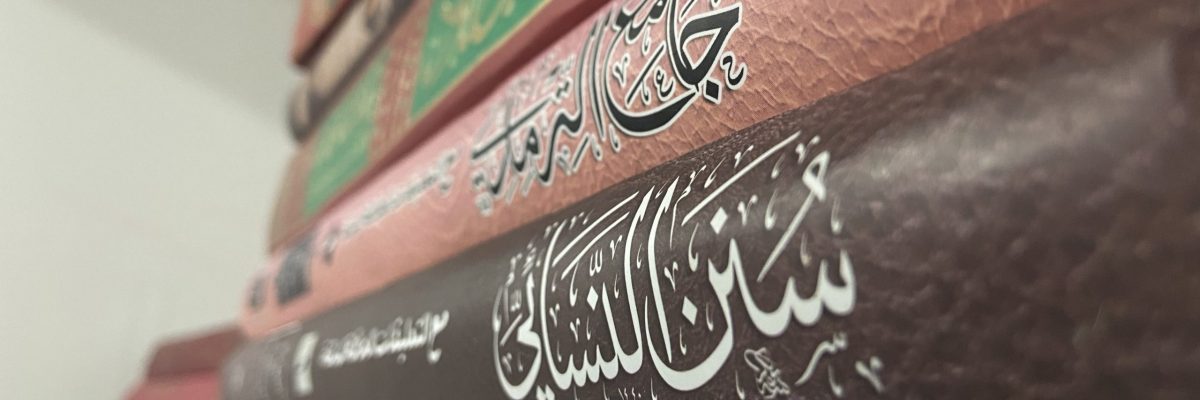Fatwa ID: 02756
Answered by: Maulana Muddasser Dhedhy
Question:
Assalamu Alaikum Wa Rahmatullah!
I read in the Quran, in Chapter 34 Verse 13, that Prophet Sulaiman had Jinns who made statues for him. I was surprised since idols and carvings are contrary to Islamic teachings. What is the explanation for this verse?
بِسْمِ اللهِ الرَّحْمنِ الرَّحِيْم
In the name of Allah, the Most Gracious, the Most Merciful.
Answer:
Assalamu Alaikum Wa Rahmatullahi Wa Barakaatuh,
The word from this verse which you are referring to in your question is تماثيل (tamathil, plural of timthal). While some Quran translations in English have translated it as statues others have translated it as images.
In the tafsir, Ma’ariful Quran[1] this same questions has been elaborated upon hence, I have quoted it below in full:
In Ahkam-ul-Qur’an, Ibn-ul-’Arabi has said that timthal, that is, a picture is of two kinds: (1) The picture of animate and living things,
(2) that of inanimate and lifeless things. After that, inanimate things are further divided into two kinds:
(1) Jamad or inorganic in which there is no increase and growth, such as, rock or soil,
(2) nami or organic in which increase and growth go on, such as, trees and crops. The Jinns used to make pictures of all kinds of these things for Sayyidna Sulayman. To begin with, the very generality of the Quranic word: تماثيل (tamathil: images) lends support to the view that these pictures were not those of some particular kind, instead, were common to all kinds.
Then there are the historical narratives in which the presence of the pictures of birds on the throne of Sayyidna Sulayman has also been mentioned.
The prohibition of making and using pictures of the living in Shari'ah
The cited verse (12) tells us that making and using pictures of the living was not haram (forbidden) in the Shari’ah of Sayyidna Sulayman. But, experience bore out that pictures of people were made among past communities to pay homage to them, then they were put in their houses of worship to serve as reminders of their devotion in the hope that it might enable them too to devote likewise.
This did not happen. Gradually, what really happened was that these people made these very pictures the objects of their worship and thus began the worship of idols and icons.
In short, the pictures of the living creatures made in past communities became the conduit of idol-worship. Since it is divinely destined that the Shari’ah of Islam must stay and survive right through the Day of Judgment, therefore, particular attention has been paid there to block the intrusion of the undesirable.
Hence, the way sins and initially haram things have been made unlawful, similarly, their conduits and close causes have also been made unlawful by appending these to main sins and haram things. Of crimes, the real one, and the most serious, happens to be shirk and idol-worship.
When this was forbidden, the law of Islam did not leave the ways and means that could smuggle idol-worship in it unchecked. It was boldly and wisely checked when the conduits and close causes of idol-worship were also prohibited. Making and using pictures of the living was made prohibited on this very basis.
That it is unlawful stands proved on the authority of the ahadith of the Holy Prophet ahadith that are sound, authentic, and have been transmitted in an uninterrupted succession.
Only Allah Ta'ala knows best
Written by Maulana Muddasser Dhedhy
Checked and approved by Ustadha Sabrina al-Faarsiyyah
Darul Ifta Birmingham
[1] Ma’ariful Quran by Maulana Mufti Muhammad Shafi, volume 7 pages 275-276. Maktaba-e-Darul-’Uloom

